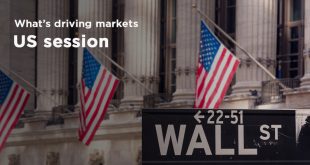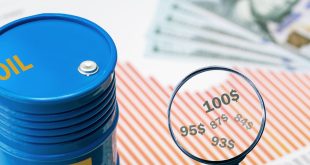Fed Chair Jerome Powell warned that taming inflation would mean some “pain” to US households and businesses. So far, the pain materialized in retreating stock values and higher borrowing costs business investments, and credit-card purchases. But the pain could also include surging unemployment, and the consequences thereof.
Fed’s newly aggressive rate-hikes by 3 percentage points so far in 2022 is feared to impact jobs. Economists believe it will push them up another point or two during coming months. Higher borrowing costs typically depress spending, with softer demand bringing inflation down.
The quick pace of rate hikes will tame inflation and Fed is trying to do so without quacking economic growth so much that it causes a recession. That would be a soft landing. But the Fed might be wrong because suppressing inflation too quickly would bring about a recession.
The Fed’s dual mandate consists maximizing employment and keep prices stable. The Fed defines stable prices as an inflation rate of around 2%. With inflation currently at 8.3%, the Fed clearly has some work to do. Employment is strong, but many US companies still cannot find enough labour.
Average wages are growing 4.4%, but with inflation at 8.3%, real wages are declining by 3.9%. That is looked upon as unsustainable. What the Fed should do about that, however, gets to the whole question of what is causing inflation in the first place.
Two main factors are driving prices up: a worker shortage, and a surge in demand for goods during the COVID pandemic, which still has not eased. Other factors, such as the unprecedented fiscal and monetary stimulus of the last two years, are probably lesser factors. The problem is that the Fed cannot address either of those two core problems through rate hikes.
That leaves a recession as the de facto fix for inflation, since a recession, by definition, destroys jobs, lowers incomes and reduces demand for goods, bringing prices down.

 Noor Trends News, Technical Analysis, Educational Tools and Recommendations
Noor Trends News, Technical Analysis, Educational Tools and Recommendations




